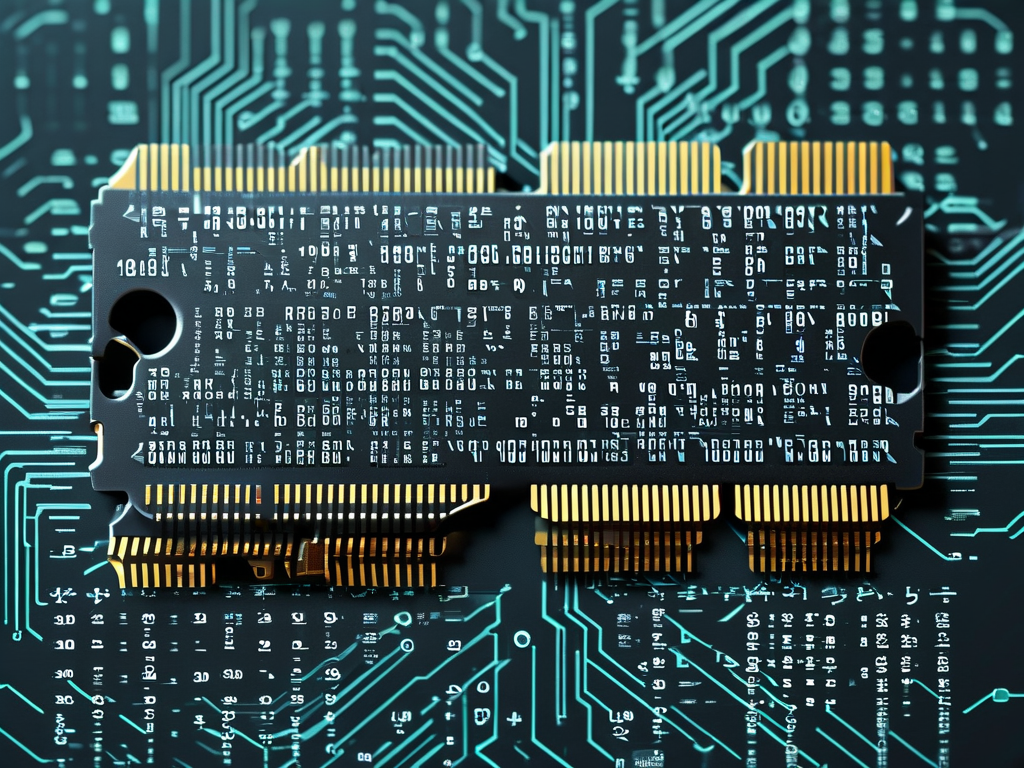Understanding memory bus width calculation is essential for optimizing system performance in computing environments. This measurement determines how much data can flow between the memory and the processor in a single clock cycle, directly impacting processing efficiency. Below, we’ll explore the methodology behind calculating memory bus width while addressing common misconceptions and practical applications.

Fundamentals of Memory Bus Width
The memory bus width refers to the number of bits transferred simultaneously between the memory controller and RAM modules. It is calculated by analyzing two primary factors: the physical structure of the memory module and the data path configuration. For example, a module labeled as "64-bit" indicates it transfers 64 bits of data per clock cycle. However, modern systems often use multiple channels to increase bandwidth, requiring additional calculations.
Key Components in the Calculation
- Data Pins per Module: Each memory chip contains data pins that determine how many bits it can handle at once. A standard DDR4 module typically has 64 data pins.
- Channel Configuration: Systems with dual-channel or quad-channel architectures multiply the effective bus width. Dual-channel setups, for instance, double the bandwidth by combining two 64-bit modules.
To calculate total bus width, use this formula:
Total Bus Width = (Data Pins per Module) × (Number of Channels) For a dual-channel system with 64-bit modules:
64 bits × 2 = 128-bit total bus width Addressing Common Misconceptions
A frequent misunderstanding is conflating bus width with memory speed (measured in MHz). While speed affects how quickly data cycles occur, bus width dictates the volume transferred per cycle. For instance, a 128-bit bus at 1600 MHz delivers more bandwidth than a 64-bit bus at the same speed.
Another area of confusion involves "bit masking" in hardware design. Some manufacturers use partial bus widths for specialized tasks, such as error correction (ECC). These configurations require subtracting non-data bits from the total width. For example, a 72-bit ECC module might allocate 64 bits for data and 8 for error checking, effectively reducing usable bandwidth.
Practical Applications in Hardware Design
Engineers use bus width calculations to balance performance and cost. In gaming PCs, wider buses (e.g., 256-bit in high-end GPUs) enable faster texture rendering. Conversely, embedded systems with limited power budgets might opt for narrower buses to reduce energy consumption.
Case Study: A server administrator upgraded from single-channel 64-bit DDR4 to quad-channel configuration. The bus width increased from 64 bits to 256 bits, quadrupling theoretical bandwidth. This change improved database query speeds by 22% without altering clock speeds.
Advanced Considerations
- Memory Rank Interleaving: Some systems alternate access between memory ranks to simulate a wider bus. While this doesn’t change the physical bus width, it enhances efficiency.
- Overclocking Risks: Pushing bus widths beyond manufacturer specifications can cause signal integrity issues. For example, attempting to run a 64-bit module as 128-bit without proper channel support may lead to data corruption.
Tools for Verification
Hardware diagnostic tools like CPU-Z or HWiNFO provide real-time bus width readings. For developers, memory controllers in FPGAs often include bit-width registers that can be programmed via VHDL/Verilog:
module memory_controller ( input [127:0] data_bus, output reg [31:0] config_register ); // Configuration logic for 128-bit bus endmodule
Calculating memory bus width requires analyzing both hardware specifications and system architecture. By combining data pin counts with channel multipliers, users can accurately determine bandwidth potential. Whether optimizing a gaming rig or deploying enterprise servers, mastering this concept ensures informed decisions about memory upgrades and configurations. Always verify calculations with diagnostic tools and consult technical manuals for chip-specific nuances.





